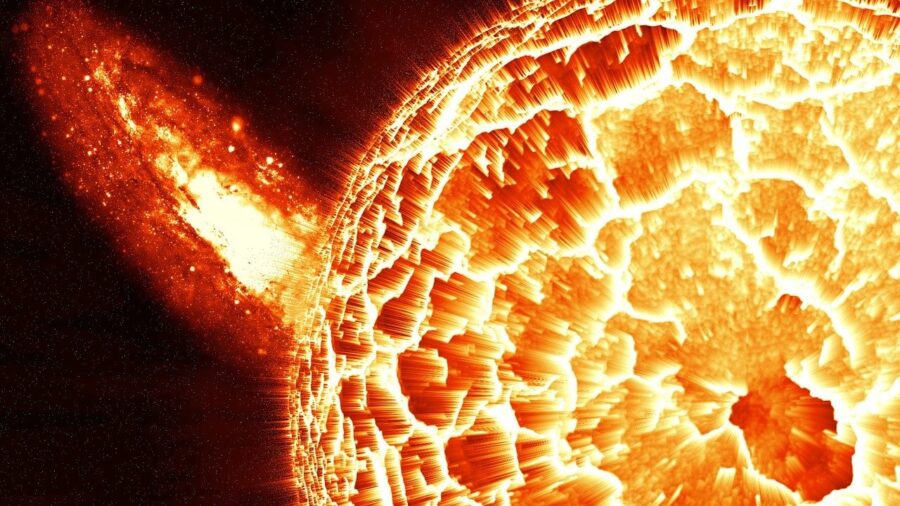Planet Surviving A Dying Star In Deep Space Gives Hope For Earth’s Future

As much as we all do to try and preserve the Earth for future generations, inevitably life on the planet will give out at some point. However, new findings in space suggest that the Earth dying out due to the Sun is one fate that our planet may not have to worry about, contrary to what scientists believed. Another planet has been discovered in extremely close proximity to a dying star, yet it is defying what science anticipated by actually adapting to the extreme conditions rather than burning away.
The Phoenix

This new planet is officially referred to as TIC365102760 b, however it has colloquially been dubbed the Phoenix. That is because the intense heat it receives from orbiting so close to its host star theoretically should have burned this planet to ash. Yet its atmosphere has seemingly adapted almost like a shield against the heat.
Scientists now believe that when our own Sun becomes a dying star and starts swelling up and growing hotter, the Earth may have the same capabilities to survive as the Phoenix planet.
A Potentially Puffy Atmosphere

To be clear, our own Sun will not start becoming a dying star until an estimated 6 billion years from now, so nobody alive should currently be losing sleep over the situation regardless. However, once the Sun enters this phase, it will swell up and begin engulfing the planets closest to it while also emitting far more heat in its swollen state. Yet if the Earth reacts in a similar way to the Phoenix, its atmosphere should become more puffy in response to the increased heat and help keep the planet intact.
Planet-Consuming Stars?

Samuel Grunblatt is an astrophysicist at Johns Hopkins University and is the one who came across the Phoenix and its dying star. “We didn’t expect to find any planet that looks like this,” he said in response to the discovery. “What this is telling us is that, actually, the atmosphere might last until that final stage where the planet is actually inside the star.”
Grunblatt and other scientists are still researching how exactly the Phoenix adapted in this way. Up until now, there have not exactly been ample opportunities to study planets in orbit of dying stars. But advancing technology has enabled scientists to see much deeper into space than they ever have before.
Multiple Planets Similar To The Phoenix

The discovery regarding the Phoenix and its dying star comes courtesy of NASA’s Transiting Exoplanet Survey Satellite. This technology enables scientists to filter out light that might impair their ability to see the areas they are actually looking for. Through this, scientists have actually found multiple planets in similar circumstances as the Phoenix, further supporting the notion that this is something all planets are capable of doing when put under such harsh conditions.
Earth Will Be Around For A While

Obviously this is something that the Earth will not have to worry about any time soon, but it could still be a game changer for bettering our understanding of what life is like at the end of a star’s life-cycle. Planets consumed by an enlarging dying star will of course not survive, however it would appear planets are far more resilient than what our current knowledge had anticipated. It appears the Earth might wind up surviving far longer than what anyone had guessed.
Source: The Astronomical Journal












